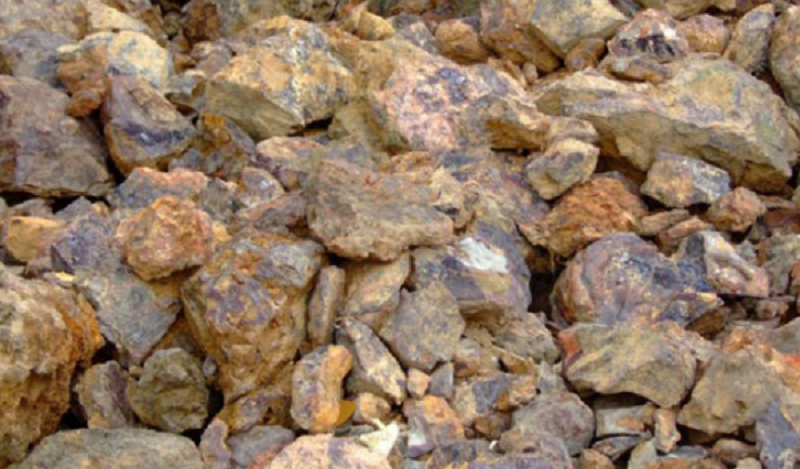


2021-09-02
The three primary sources of iron ore are banded iron formations, magmatic magnetite ore deposits, and hematite ore. The most metal is extracted from banded iron formations, geological structures laid down mostly between 3 and 1.2 billion years ago. Blue-green algae released oxygen in the days when the atmosphere and oceans were very oxygen-poor, binding together with dissolved iron in the world's oceans. These iron fixation events went through cycles as the algae had alternating blooms and busts, leaving the characteristic bands seen in banded iron formations. This ore is in either the form of magnetite or hematite. Banded iron formations are found on all continents, but especially rich deposits are found in Australia, Brazil, and the United States.
Another prominent source of iron is found as magmatic magnetite iron ore deposits, formed during ancient volcanic eruptions that released large amounts of magnetite which later crystallized. Granite-associated deposits have been found in places like Malaysia and Indonesia and require very little post-processing to extract the iron. Titanomagnetite, a special class of magmatic magnetite ore, also serves as a source of titanium and vanadium, which is extracted via specialized smelters.
A third source is in hematite ore deposits, which are found on all continents, but especially in Australia, Brazil, and Asia. Most hematite originates from banded iron formations that have undergone chemical alteration over billions of years due to hydrothermal fluids. The world's largest producer of iron ore, Vale, located in Brazil, produces it from hematite ore. Vale produces 15% of the entire world's iron supply. In total, worldwide ore production is about one billion metric tons.

